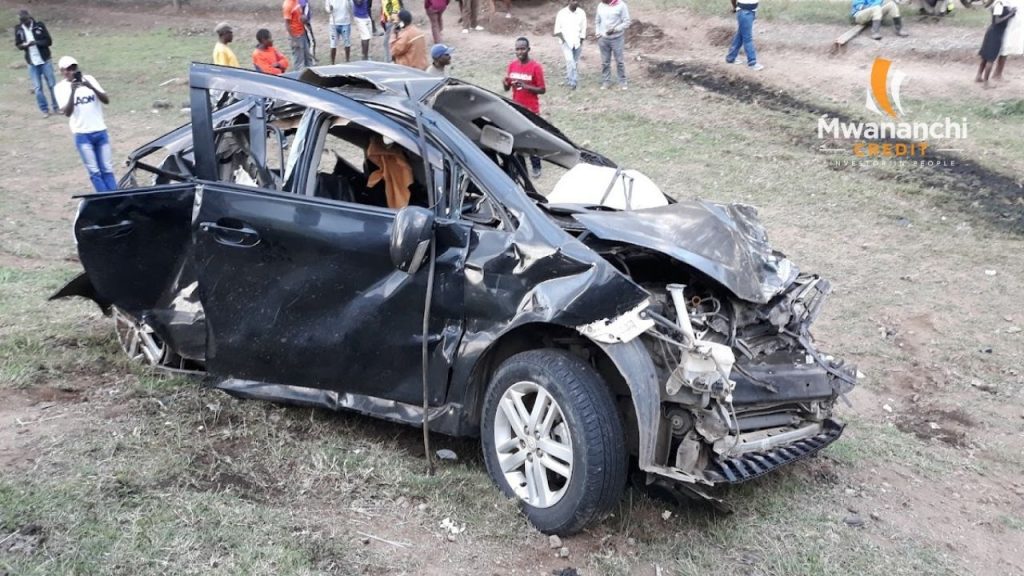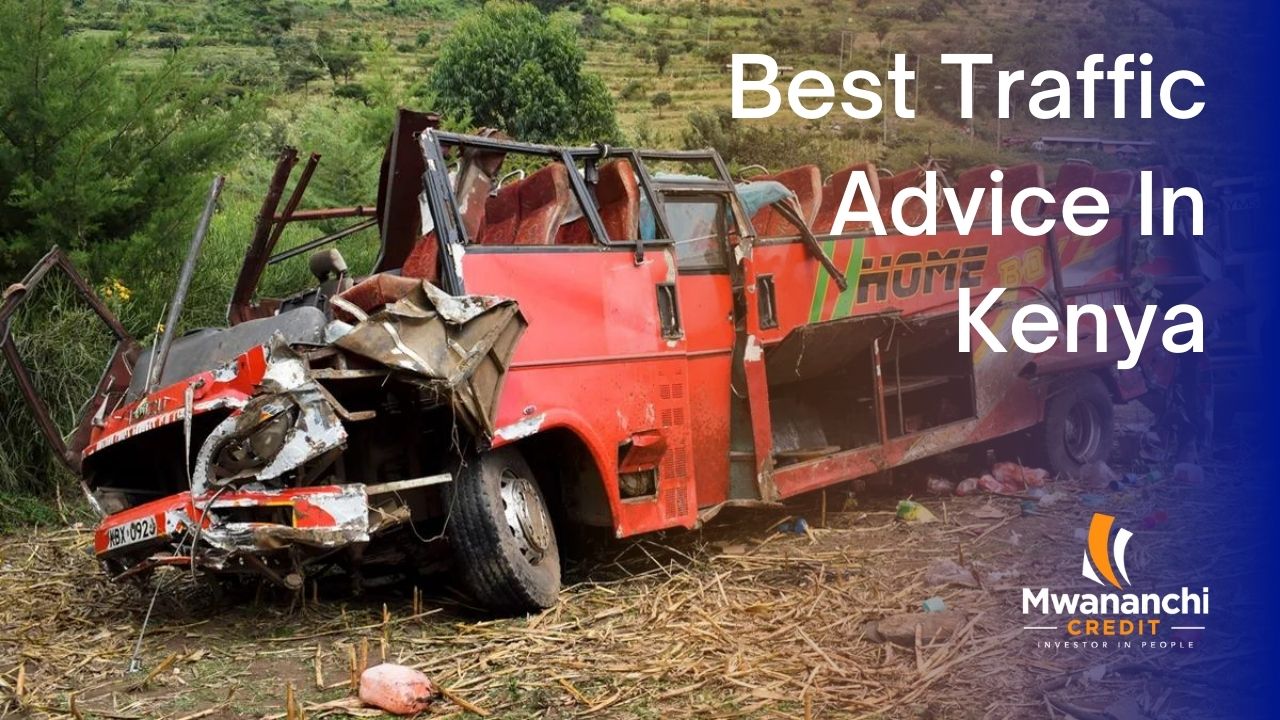Traffic advice is not only given to motorists. It also affects motocyclists, pedestrians and even cyclists. When driving, it’s not just about the destination. The journey is also important. This is why you should be careful and alert at all times. Driving in Kenya comes with its fair share of risks. As of June 2022, The National Police Service and the National Transport and Safety Authority reported an alarming increase in road traffic crashes incidences on our roads.
According to NTSA, fatalities reported in 2022 included 622 pedestrians, 545 motorcyclists, 322 passengers, and 192 pillion passengers. A total of 181 drivers and 29 pedal-cyclists also lost their lives in the six months to June. In 2020, NTSA recorded 2,689 deaths between January and September as a result of road accidents.
This article gives you the best traffic advice and safety tips you need to pay attention to while driving.
What to expect on Kenyan roads
If you’re driving in Nairobi or any urban town in the country, you should be prepared for anything. With the rapid increase of cars on the roads, you should be very alert while driving. Nairobi roads are famously congested, and this will make for a slow drive. You should also expect a lot of matatus which mostly are recklessly driven. Amid all the challenges, and the risk of either being involved in an accident or losing your life, how do drivers cope? How is it like driving on the ever-busy Mombasa Road or Nairobi-Nakuru Highway, without any experience? What is your traffic advice for new drivers?
Basic traffic advice tips for driving in Kenya
- Wear your seatbelt at all times: This is the most important safety tip. Wearing a seatbelt reduces the risk of death in a car accident by 50% and will keep you safe in the event of an accident.
- Keep a safe following distance from the car in front of you; On Kenyan roads, drivers should maintain a distance of approximately 6 feet (1.8 meters). According to Kenya Traffic Laws, drivers must maintain a safe distance so that other drivers may respond in the event of an emergency. In addition to practicing social distancing by maintaining a six-foot distance from others when out in public, the Automobile Association of Kenya recommends maintaining a reasonable distance between your vehicle and the vehicle in front of you.
- Always Keep your car in good condition: This means checking your car engine, changing engine oil at the required time, checking tire pressure regularly, and keeping your car in good condition. Also, be sure to wear your seatbelt even when you’re just in the driver’s seat.
- Always use indicators when switching lanes or overtaking; Drivers who are new to the road may be unaware that they are not using their indicator lights properly. Indicator lights are used to communicate between drivers on the road. They are a crucial part of a car’s signaling system, which includes brake lights, hazard warning lights, headlights, and rear lights. Road users send different signals to each other using these lights. Those sending and receiving the signals must share the same script. New drivers should learn when to use their indicators and when not to avoid confusion.
- Maintain the speed limit; Speed limits have been set on different roads across the country, and drivers should strictly obey them. The Thika Superhighway, for example, has two speed limits, 110 kilometers per hour for the inner fast lane and 80 kilometers per hour for the other lanes. Traffic regulations specify harsh penalties for speeding.
- Do not drink and drive; This is among the leading causes of road accidents in the country. Several drivers, both new first-time and veterans get behind the steering while under the influence of alcohol and other drugs. Drunk driving is an offense punishable under Kenyan laws.
- Don’t let emotions get the best of you; Most drivers assume that they are the only sane people on the road. Having emotions on the road can easily contribute to a driver committing avoidable traffic offenses. New drivers are advised to avoid confrontations while on the steering wheel and seek help from traffic officers whenever disputes arise.
- Display the L plate; Learners and new drivers are expected at all times to display the ‘L’ sign on the rear and front windows. This is to inform other motorists to approach with caution. Several accidents in the country have been caused by negligence by some new drivers to display the sign
- Be extra careful during the rainy seasons: The rainy seasons, which occur between March and July and between September and November, can be particularly dangerous. Be sure to keep an eye out for puddles, which can cause your car to hydroplane, and watch out for pedestrians who might not be as careful as they should be.
- Don’t use your phone while driving; Using your phone behind the wheel is extremely dangerous and can lead to car accidents. If you need to make a call, pull over. If you need directions, ask a passenger to do it for you. Using your phone behind the wheel is illegal, and you can be fined for it.
Traffic rules in Kenya: NTSA fines for traffic offenses

- Driving without identification plates- Ksh 10,000
- Failure to stop when required by a police officer in uniform- Ksh 5,000
- Failure to obey any directions given, whether verbally or by signal, by a police officer in uniform in the execution of their duty- Ksh 3,000
- Driving without a valid license endorsement in respect to the class of the vehicle-Ksh 7,000
- Failure of any driver to conform to indications on any traffic sign- Ksh 3,000
- Driving PSV while being unqualified- Ksh 7,000
- Failure to review a driver’s license- Ksh 1,000
- Failure to carry reflective /warning signs-Ksh 2,000
- Touting-Ksh 3,000
- Driver of motor omnibus or matatu picking up or setting down passengers in a place that’s not authorized as a bus stop or terminus= Ksh 3,000
- Reckless driving- 2 years jail term or Ksh 300,000 fine
- Drunk driving- 2 years jail term or Ksh 200,000 fine
Conclusion
The best time to start driving safely is before you get behind the wheel. This means researching the best driving schools in Kenya and practicing your driving skills. Driving can be a fun and rewarding experience as long as you take it seriously and follow these safety tips. Finding a car that best suits you also. contributes to you driving safely.Now this is where we at Mwananchi Credit ltd come in.
With our new category, Chagua Moti, we are providing you with the ideal marketplace to buy and sell cars. We help you choose an awesome car from one of the vehicles availed by our trusted partners in four easy steps. Once you have logged in our website, you choose your preffered car and request to view it. Next you are required to submit your documents, Name, Id Number etc. After viewing the car you are requested to make a down payment on the car, if you are paying in installments, or pay the full amount if you have the cash. Now you get to finally drive your car home.


